We support our Publishers and Content Creators. You can view this story on their website by CLICKING HERE.
Starting a garden can be daunting, but it doesn’t have to be.
Proper research and dedication will be needed, but the reward of fresh vegetables from your own backyard will be worth it.
While every plant is going to take a certain level of care, some are easier than others to successfully grow.
THE CHERRY COULD BE THIS STATE’S OFFICIAL FRUIT IF NEW BILL PASSES
For those just beginning to garden, start small and conduct proper research to make sure you’re planting and harvesting at the right time, as well as properly caring for each vegetable you choose to grow.
Below are 10 vegetables that are widely considered to be among the easiest to grow for beginners.
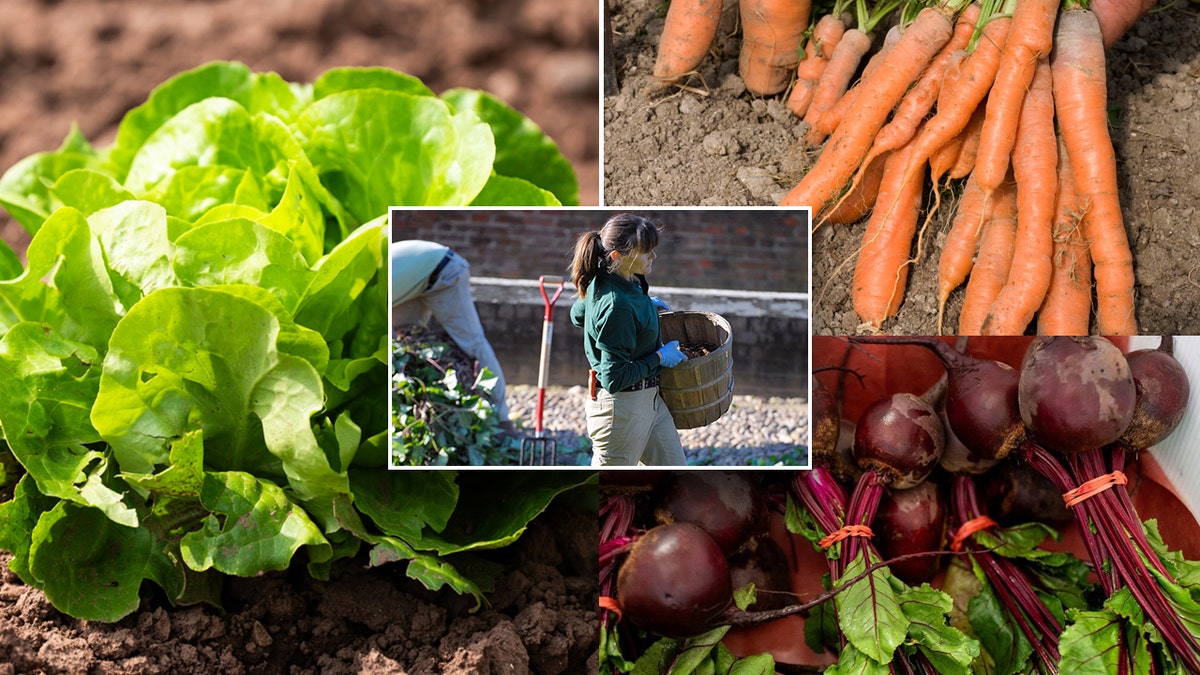
For beginner harvesters, consider starting off your backyard garden with vegetables that are easiest to grow, like lettuce, carrots and beets. (Silas Stein/picture alliance via Getty Images; John McDonnell/The Washington Post via Getty Images; Andia/Universal Images Group via Getty Images; James MacDonald/Bloomberg via Getty Images)
1. Lettuce
This list is full of ingredients perfect for a nutrition-packed salad, starting off with the base – lettuce.
Lettuce can be cut as you need the ingredient for your salad or a sandwich.
To grow lettuce, plant it in the spring or fall, according to The Old Farmer’s Almanac. You can start growing your lettuce inside or outside.
If you live in a hot climate, it’s best for your lettuce to be planted in an area that receives some shade, per the source.
2. Beets
To optimally grow beets, begin the planting process in early spring and continue to plant every two to three weeks until mid-summer, The Old Farmer’s Almanac recommends.
WHITE POTATOES VS. SWEET POTATOES: NUTRITION AND HEALTH EXPERTS CHIME IN ON WHICH IS BETTER
When sowing your seeds, place them about an inch deep and four inches apart, keeping in mind that each of the capsules contains about two to three beet seeds, per the source.
Gardeners have a bit of flexibility in regard to when beets can be harvested. You can harvest when they are the size of a golf ball, up to the time they reach a similar size to a tennis ball, The Old Farmer’s Almanac says.
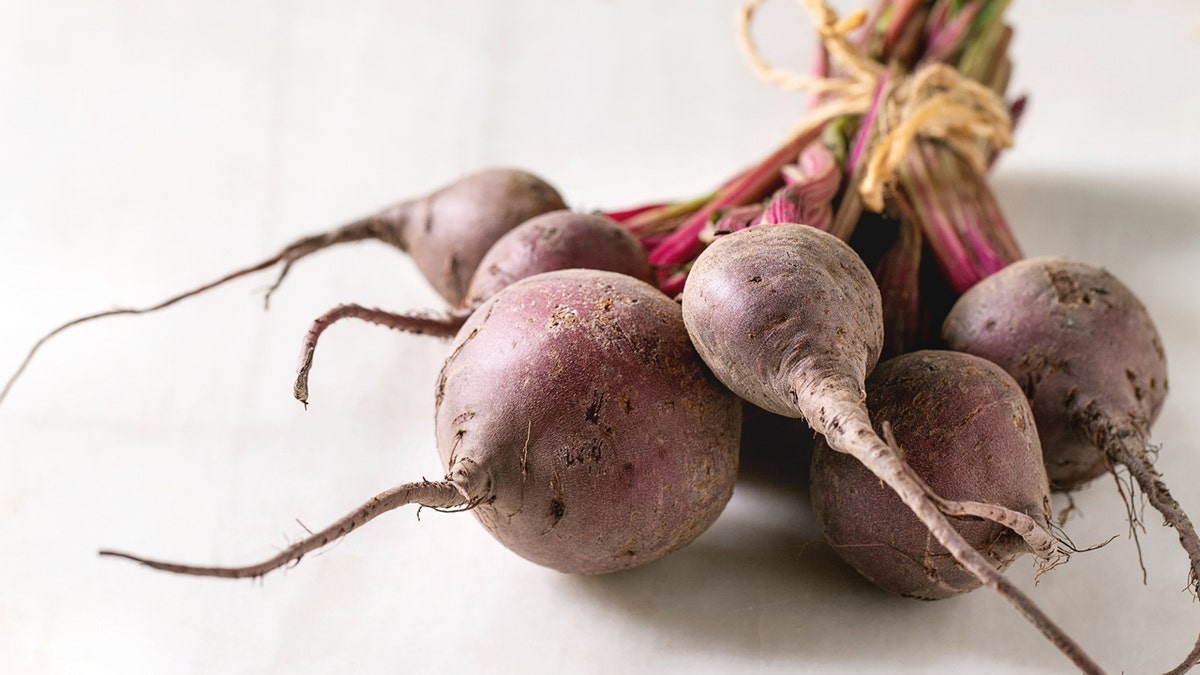
Early spring is the best time to begin planting your beets. (Natasha Breen/REDA&CO/Universal Images Group via Getty Images)
3. Peas
Peas are great for snacking or as a side dish for dinner.
There are several different types of peas you could choose to grow, including sweet peas, snow peas and snap peas.
10 AMAZON FINDS THAT CAN HELP YOU BUILD A GARDEN NO MATTER HOW SMALL YOUR SPACE
Plant peas in early spring or fall, according to The Spruce, in well-drained soil that is slightly acidic.
Remember that peas get bad quite fast, so as soon as they are ready, harvest them in order to maintain optimal freshness.
Peas can be planted next to a variety of other vegetables in your garden, including chives, mint, carrot, corn, cucumber, radish or beans, according to The Old Farmer’s Almanac.
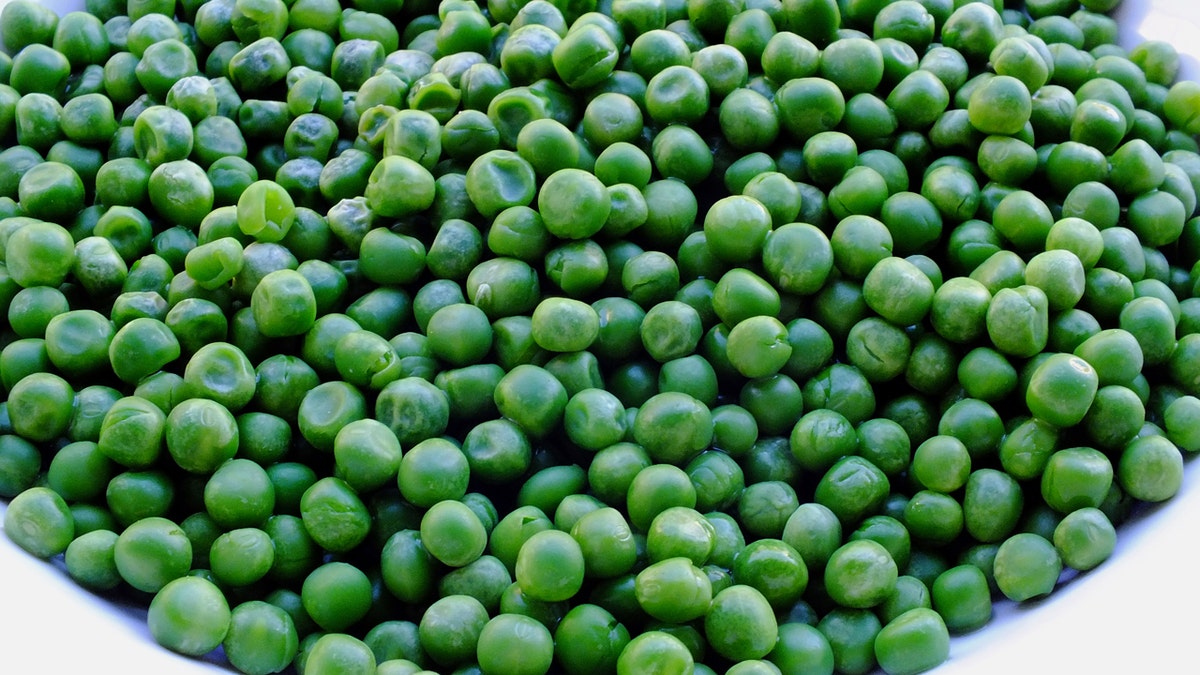
Peas grow well next to a variety of different vegetables, making them an easy addition to your garden. (BSIP/Universal Images Group via Getty Images)
4. Carrots
Carrots are another vegetable you can add to your garden that is not overly challenging to grow.
Carrots grow best in loose, well-drained soil and can be harvested about 70 days after they are planted, according to The Spruce.
GARDENING FOR BEGINNERS: FRUIT AND VEGETABLE GROWING TIPS FROM THE MASTER GARDENERS
It’s best to plant carrots in the spring and fall, when the temperature is a bit cooler.
5. Zucchini
When growing zucchini, you can expect an abundance to flourish in your backyard.
You’ll need a lot of space to grow zucchini, as seeds should be planted about three feet apart from one another, according to The Spruce.
When you water your zucchini, ensure you are doing so at the soil level, The Old Farmer’s Almanac says.

Zucchini and squash can both be planted under similar conditions. (Creative Touch Imaging Ltd./NurPhoto via Getty Images)
Squash is another similar vegetable that grows under the same conditions.
6. Radishes
Radishes are fast-growing, so you won’t have to wait months before harvesting.
In fact, you’ll likely be able to eat your first radish from your garden about 24 days from when you plant, according to The Old Farmer’s Almanac.
CLICK HERE TO SIGN UP FOR OUR LIFESTYLE NEWSLETTER
Grow radishes around two inches apart. While they do prefer a sunny environment, they can also be grown in a bit of shade if you desire, according to the source.
Radishes can be placed next to other vegetables like carrots or beats in your garden.
7. Cucumbers
Cucumbers are such a yummy vegetable to snack on. You can slice a cucumber and eat it with a side of your favorite dressing, put the vegetable on top of your salad or, of course, use it to make delicious pickles.
Cucumbers need fertilizer to grow, as well as well-drained soil, according to The Spruce.
You can plant cucumbers in a pot indoors before moving into your outdoor garden if you’d like.
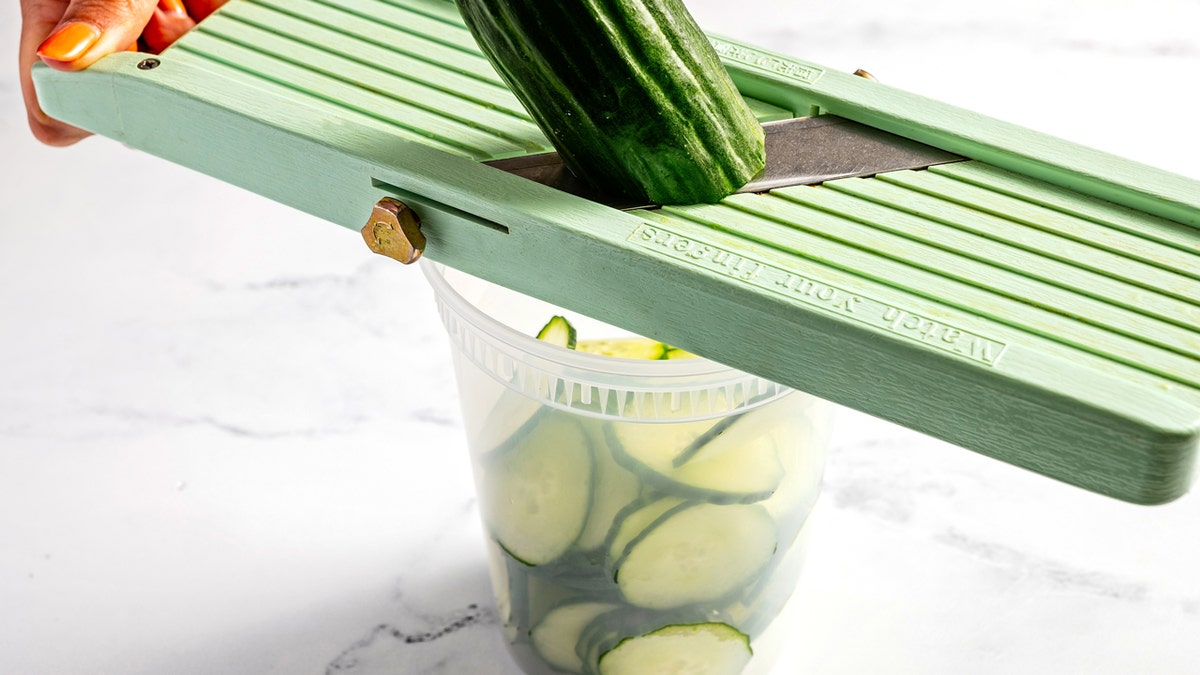
Your homemade pickles will taste extra fresh after growing the cucumbers yourself in a backyard garden. (Scott Suchman for The Washington Post via Getty Images; food styling by Carolyn Robb for The Washington Post via Getty Images)
8. Tomatoes
Tomatoes come in such a large variety and are easy to grow.
Tomatoes need a minimum of six to eight hours of direct sunlight a day, according to Better Homes & Gardens, and will likely need tomato cages in order for them to grow properly.
For more Lifestyle articles, visit www.foxnews.com/lifestyle
When growing tomatoes, make sure they are watered every day, according to The Spruce.
9. Green beans
Green beans are easy to grow, but make sure you know which ones you are working with before planting.
Bush beans grow compactly and don’t need any additional support to grow, according to The Old Farmer’s Almanac.
ADVANCED GARDENING: 12 TIPS FOR A BOUNTIFUL VEGETABLE HARVEST
Pole beans, also known as climbing beans, do need additional support to grow, and can reach 10 to 15 feet in height, per the source.
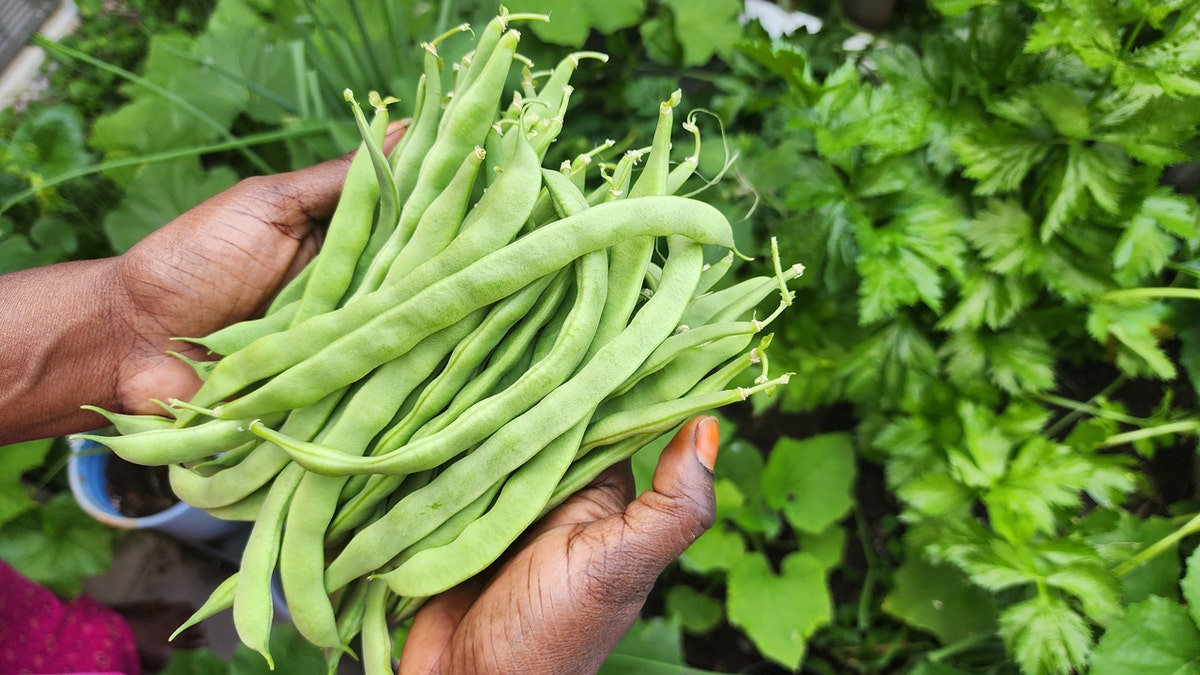
Green beans don’t stay fresh for long, so they must be harvested shortly after they are fully grown. (Creative Touch Imaging Ltd./NurPhoto via Getty Images)
Green beans grow best in well-draining soil and, in most cases, will not require any additional fertilizer, according to the source.
10. Bell peppers
When growing bell peppers, ensure they are planted in well-draining soil in an area that gets at least six to eight hours of sun per day, according to Better Homes & Gardens.
CLICK HERE TO GET THE FOX NEWS APP
Peppers can be planted indoors in pots or put directly in your outdoor garden.
After the last frost of the season is the best time to plant bell peppers, according to The Spruce.

 Conservative
Conservative  Search
Search Trending
Trending Current News
Current News 





